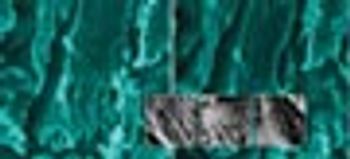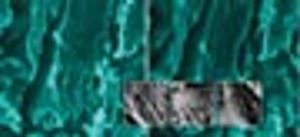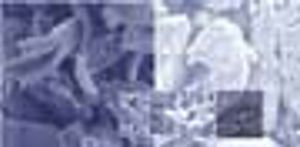
The tablet formation of six different carrageenans was analysed by 3D modelling, Heckel analysis, the pressure–time function and energy calculations. It was found that the fibres experienced plastic deformation, which was accompanied by a great deal of elasticity. Measurement of elastic recovery in dependence on maximum relative density and time showed that relaxation is completed a considerable amount of time after tabletting. Shrinking of the fibres occurred in parallel with elastic recovery as a result of the reorganization of the fibre structure. The tabletting behaviour of carrageenans makes them suitable for the soft tabletting of pressure sensitive materials.



